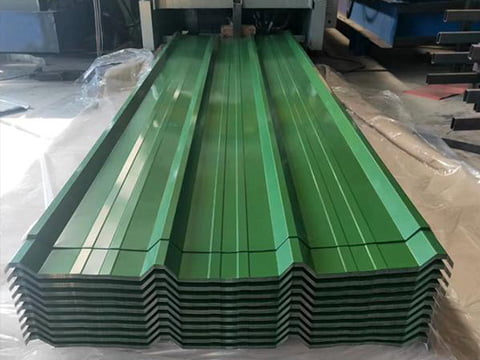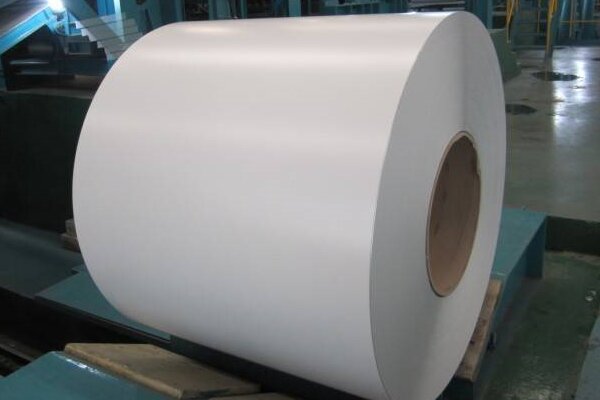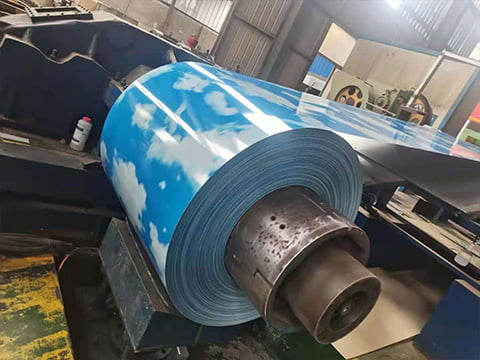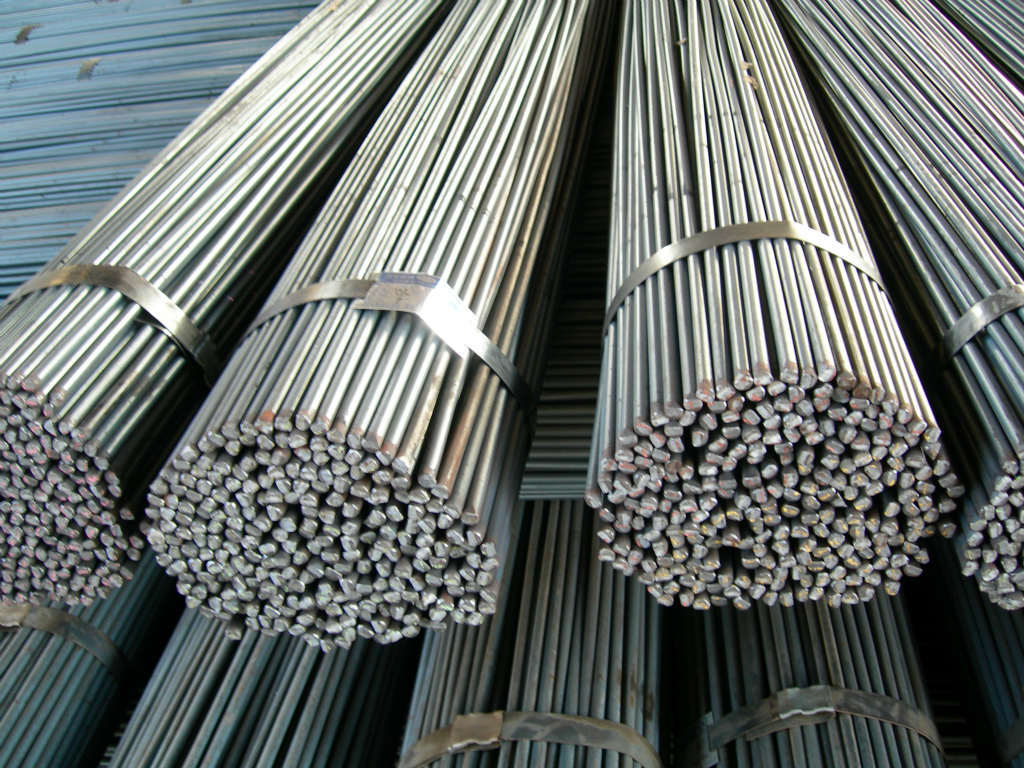Stainless steel is widely praised for its durability and reputation as “stainless”, but many people still wonder: will stainless steel rust? The answer is under certain conditions. While stainless steel is highly resistant to corrosion, it is not completely immune.
Why is stainless steel (mostly) rust-resistant?
Stainless steel contains at least 10.5% chromium, which reacts with oxygen to form a thin, invisible, passive layer of chromium oxide on its surface. This chromium oxide layer acts as a barrier, blocking moisture and oxygen from reaching the underlying steel. When the steel is scratched, this chromium oxide layer will usually repair itself in an oxygen-rich environment, keeping the metal protected.However, this passive layer can break down under certain circumstances, leading to rust or corrosion.

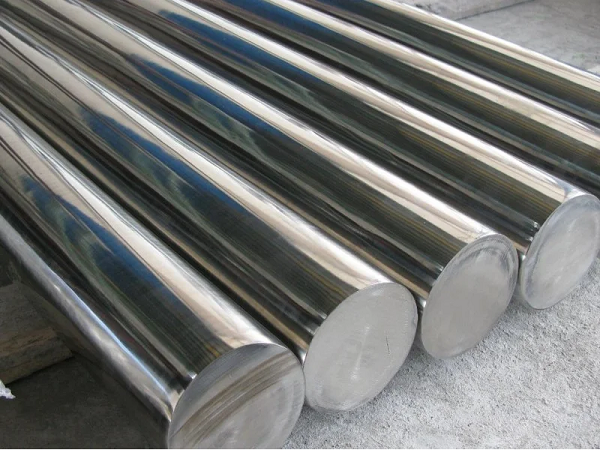
When does stainless steel rust? Stainless steel corrodes when:
1.Exposure to chloride ions (e.g., salt water)
Chlorides (found in seawater, road salt, and even tap water) penetrate the passive layer and cause pitting or crevice corrosion. Stainless steel grades such as 304 are more susceptible to corrosion, while 316 stainless steel (with added molybdenum) offers better corrosion resistance.
2.Low oxygen environments
In stagnant water or sealed systems, oxygen levels drop, hindering the passive layer’s ability to regenerate. This often occurs in pipes, tanks, or underwater equipment.
3.High Temperature or Acidic Environments
Extreme temperatures (e.g., industrial environments) or acidic cleaners (e.g., hydrochloric acid) can damage the chromium oxide layer.
4.Improper Fabrication
Contaminants (e.g., iron particles) can be left behind during welding, cutting, or grinding without proper post-processing (e.g., pickling or passivation) that can cause rust.
5.Prolonged contact with rust-prone materials
Storing stainless steel near carbon steel or other corrosive metals can lead to cross contamination and accelerate rusting through a process called galvanic corrosion.


How to Prevent Stainless Steel Rust
1.Choose the right grade
304 vs. 316: Choose 316 stainless steel in coastal areas or chemical environments.
2.Clean regularly
Use mild soap and water, and avoid abrasive cleaners or steel wool. Rinse thoroughly to remove chlorides and residue.
3.Passivation Treatment
After stainless steel is fabricated, it is treated with nitric acid to restore the passive layer and remove surface contaminants.
4.Avoid Contamination
Use different tools when handling stainless steel and carbon steel. Store materials away from corrosive substances.
5.Ensure good ventilation
Keep stainless steel surfaces dry and ventilated to prevent moisture buildup.


Common Myths About Stainless Steel Rust
Myth: Stainless steel never rusts.
Fact: While stainless steel is highly resistant to corrosion, improper maintenance or harsh environments can lead to corrosion.
Myth: All grades of stainless steel perform the same.
Fact: Performance varies by composition. Marine-grade alloys outperform standard grades in corrosive environments.
Conclusion
Stainless steel will rust, but only under specific, avoidable conditions or circumstances. Understanding stainless steel’s limitations and maintaining it properly can ensure decades of durability. Whether it’s for kitchen appliances, medical devices, or industrial equipment, choosing the right grade and properly caring for your stainless steel investment can provide long-term returns.
Need to choose the right stainless steel material for your project? Contact us today and our talented team will provide you with the best service!
